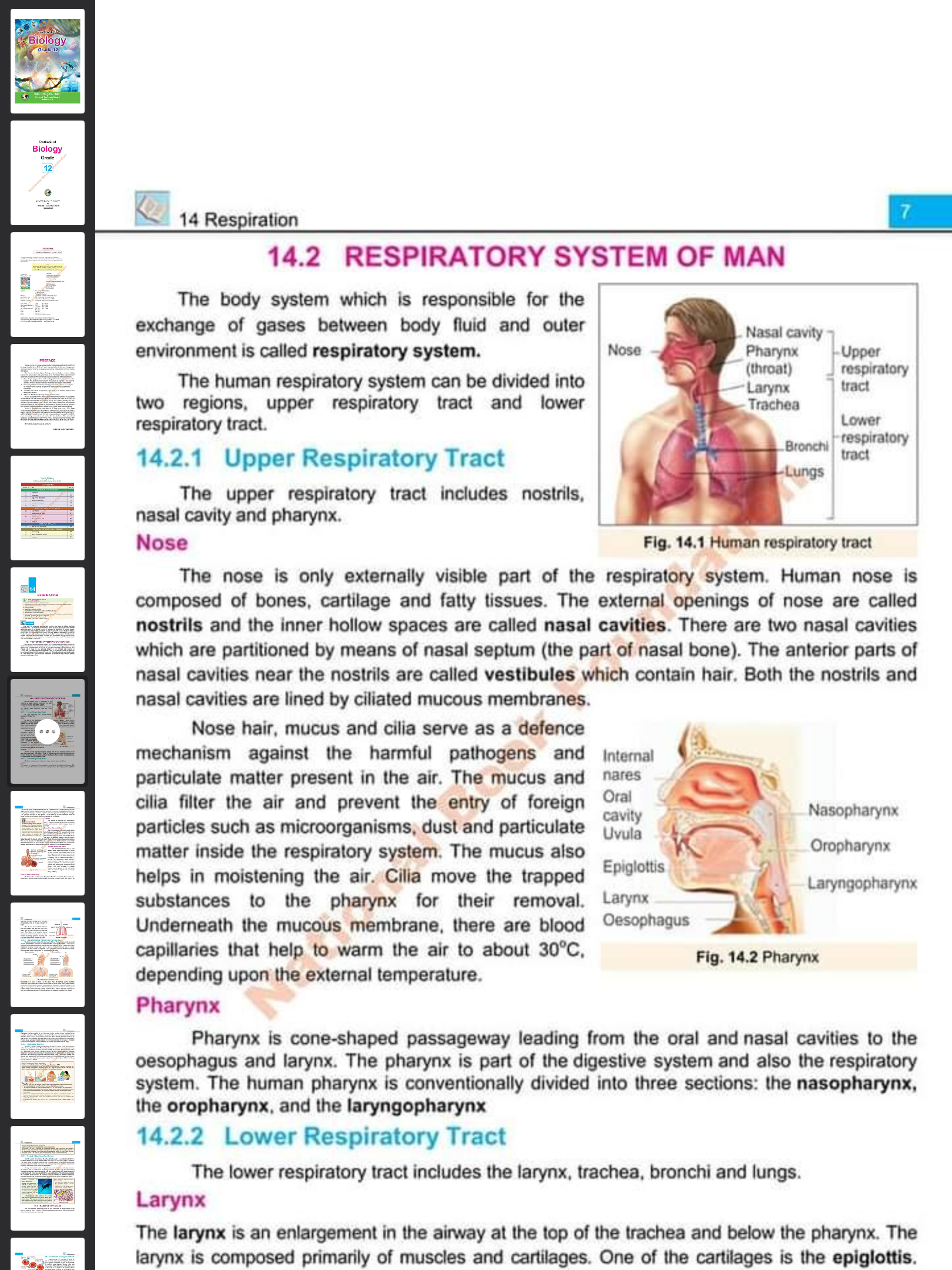What is the structure and function of the human respiratory system?

Understand the Problem
The question is asking for an overview and explanation of the human respiratory system, including its components and functions.
Answer
The respiratory system has upper (nose, pharynx) and lower (larynx, trachea, bronchi, lungs) tracts, facilitating gas exchange.
The human respiratory system includes the upper respiratory tract (nose, nasal cavity, pharynx) and the lower respiratory tract (larynx, trachea, bronchi, lungs). Its primary function is to facilitate the exchange of oxygen and carbon dioxide between the body and the environment.
Answer for screen readers
The human respiratory system includes the upper respiratory tract (nose, nasal cavity, pharynx) and the lower respiratory tract (larynx, trachea, bronchi, lungs). Its primary function is to facilitate the exchange of oxygen and carbon dioxide between the body and the environment.
More Information
The respiratory system not only facilitates oxygen intake and carbon dioxide expulsion but also filters and warms incoming air, protects the lungs, and produces sounds for speech.
Tips
A common mistake is confusing the parts of the upper and lower respiratory tracts. Remember that the upper tract includes nose and pharynx, and the lower tract includes trachea and lungs.
Sources
- Human respiratory system | Description, Parts, Function, & Facts - britannica.com
- Respiratory system - Better Health Channel - betterhealth.vic.gov.au
- 16.2: Structure and Function of the Respiratory System - bio.libretexts.org
AI-generated content may contain errors. Please verify critical information